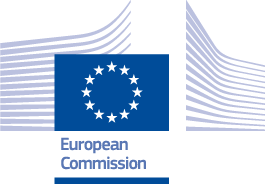Optogenetic dissection of multisensory interactions in rodents
Ileana Hanganu-Opatz (PI), Henrik Østby
Traditionally, multisensory processing has been assigned to higher convergence areas in the brain, where neurons receive inputs from different senses and combine them. This concept has been recently challenged by the identification of cross-modal processing in putatively unisensory neocortical regions. We recently demonstrated the mandatory role of neural network oscillations and direct connectivity between primary sensory cortices as well as of subcortical feedforward interactions in visual-somatosensory processing. We uncovered the critical impact of unisensory inputs during a defined developmental stage for the maturation of cortico-cortical interplay and the emergence of behavioral cross-modal perception. However, the underlying cellular elements of these interareal interactions and their age- and sex-dependent plasticity as result of uni- or cross-modal inputs remain largely unknown. The project aims at elucidating these issues by combining extracellular and patch-clamp recordings in-vivo with optogenetic manipulation of distinct neuronal subtypes, axonal tracing, connectivity analysis and modeling. Male and female mice will be separately investigated, since the timescale and patterns of network and neural maturation have been reported to differ between sexes. First, we will identify the cellular elements controlling the cross-modal cortico-cortical communication of adult mice. Second, we will uncover the cellular substrate of cross-modal ontogeny. Third, we will prove the functional communication within visual-somatosensory circuits by optogenetic rescue of impaired cross-modal perception after unisensory deprivation.

 European School of Network Neuroscience
European School of Network Neuroscience